Election Day is coming up! Here is Chicago's Election calendar and here is a guide from the Phoenix on early voting for the 2023 Presidential Primary:
March 3, 2024 - Last day to register to vote by online registration.
More on Sociology and Voting:
Democracy?
In the United States, voter turnout is relatively low. The chart below shows some of the highest rates of voting in the US in decades and yet the percentage of those who vote out of all those of eligible age to vote is relatively low.
In the United States, voter turnout is relatively low. The chart below shows some of the highest rates of voting in the US in decades and yet the percentage of those who vote out of all those of eligible age to vote is relatively low.
As much as we want to believe that we are a free democracy by and for the people with the guaranteed right to vote for all, there are institutional reasons why turnout is low in some areas and it has nothing to do with voters’ motivation.
Political sociologists have shown that full voting rights are not as guaranteed in the United States as in many other major democracies, especially for low-income voters and communities of color in the electoral process. Bureaucratic policies can also enforce voter suppression by making it harder for people to register and to vote.
How institutional policies affect voter turnout from the Society Pages. there are institutional reasons why turnout is low in some areas that have nothing to do with voters’ motivation.
Felony Disenfranchisement.
The States are Not United on Felon Voting Rights from the Society pages.
6.1 million Americans are barred from voting due to a felony record. However, these disenfranchisement practices look different from state to state.
Other Policies that deserve a strong consideration in moving American Democracy forward:
- Ranked choice primaries.
- Dismantling the electoral college.
- Limited campaign funding.
- ending gerrymandering.
Mindful Voting
Before becoming cynical about voting, bear in mind the people who fought and died for the right to vote:
From historian, Kevin Kruse:
Before becoming cynical about voting, bear in mind the people who fought and died for the right to vote:
From historian, Kevin Kruse:
Reverend George Lee in Belzoni, Mississippi, used his pulpit and his printing press to encourage African Americans to register to vote. For his troubles, he was assassinated by three men with shotguns in May 1955.
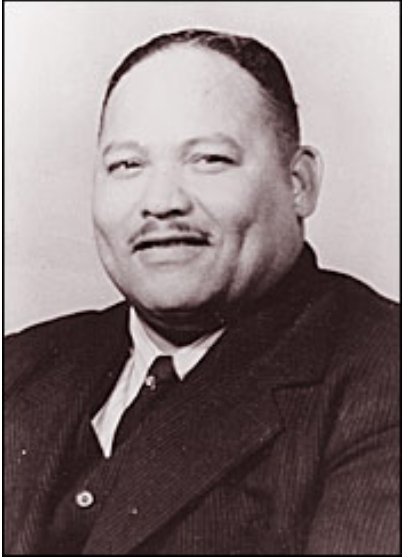

A few months later, Lamar Smith -- who had been busy trying to convince local blacks to vote -- was gunned down by three men on the lawn of the courthouse on a Saturday afternoon. A crowd watched it happen, but originally police could find no witnesses to it.

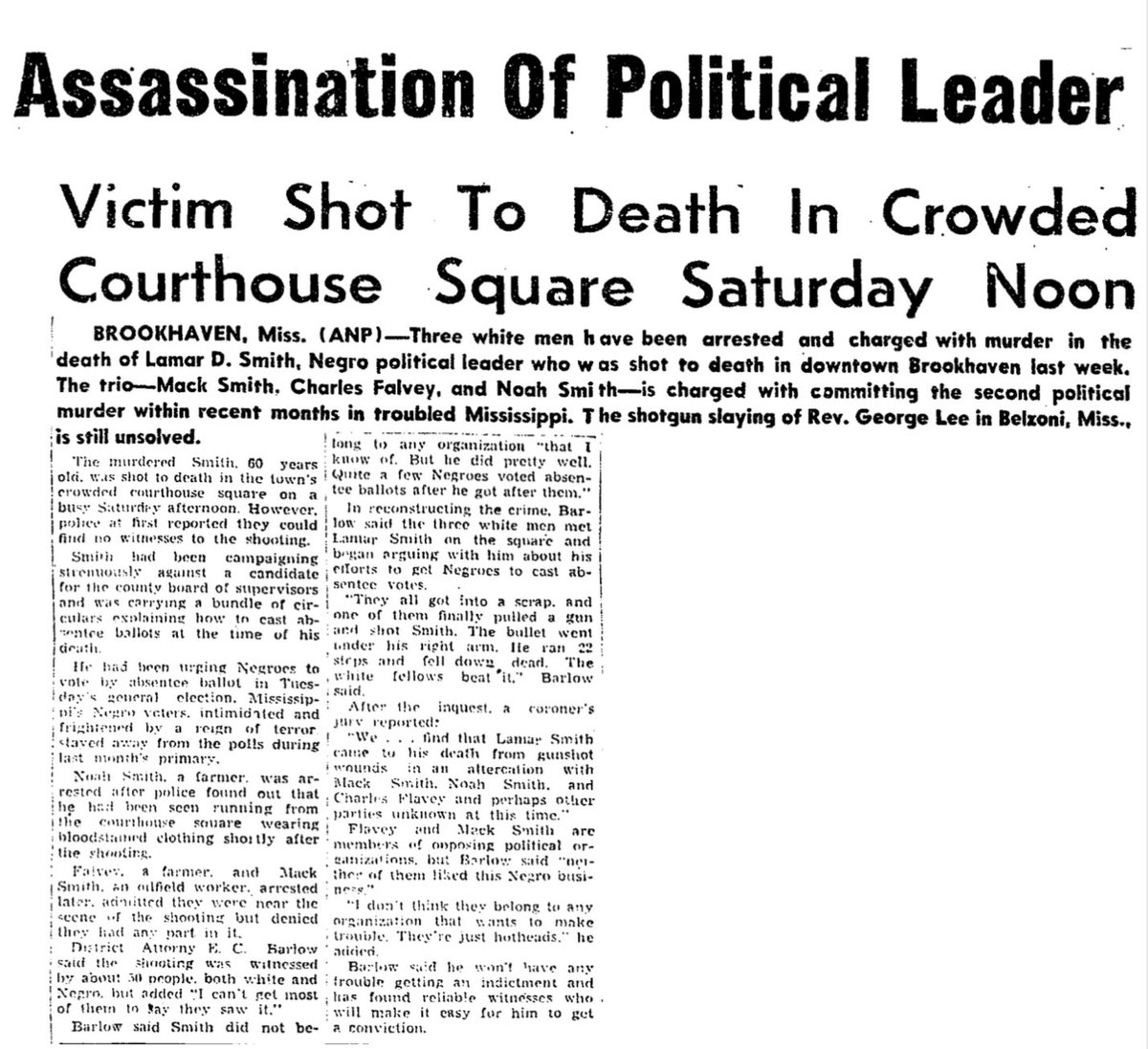
In 1961, voting rights activist Herbert Lee was murdered by a state legislator in front of a dozen witnesses. After a few years, one of the witnesses offered to testify about the murder. The night before he was going to leave the state, he was killed outside his home.
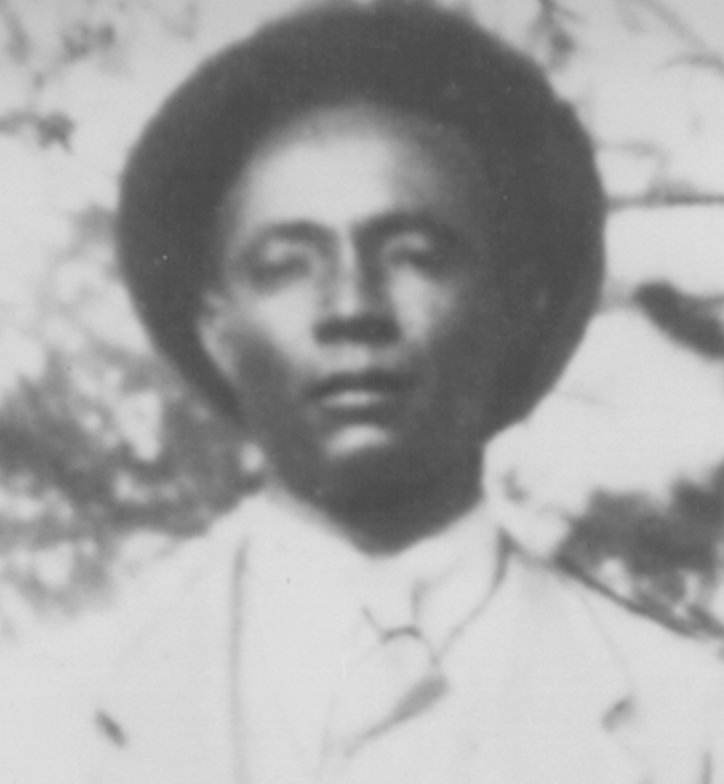
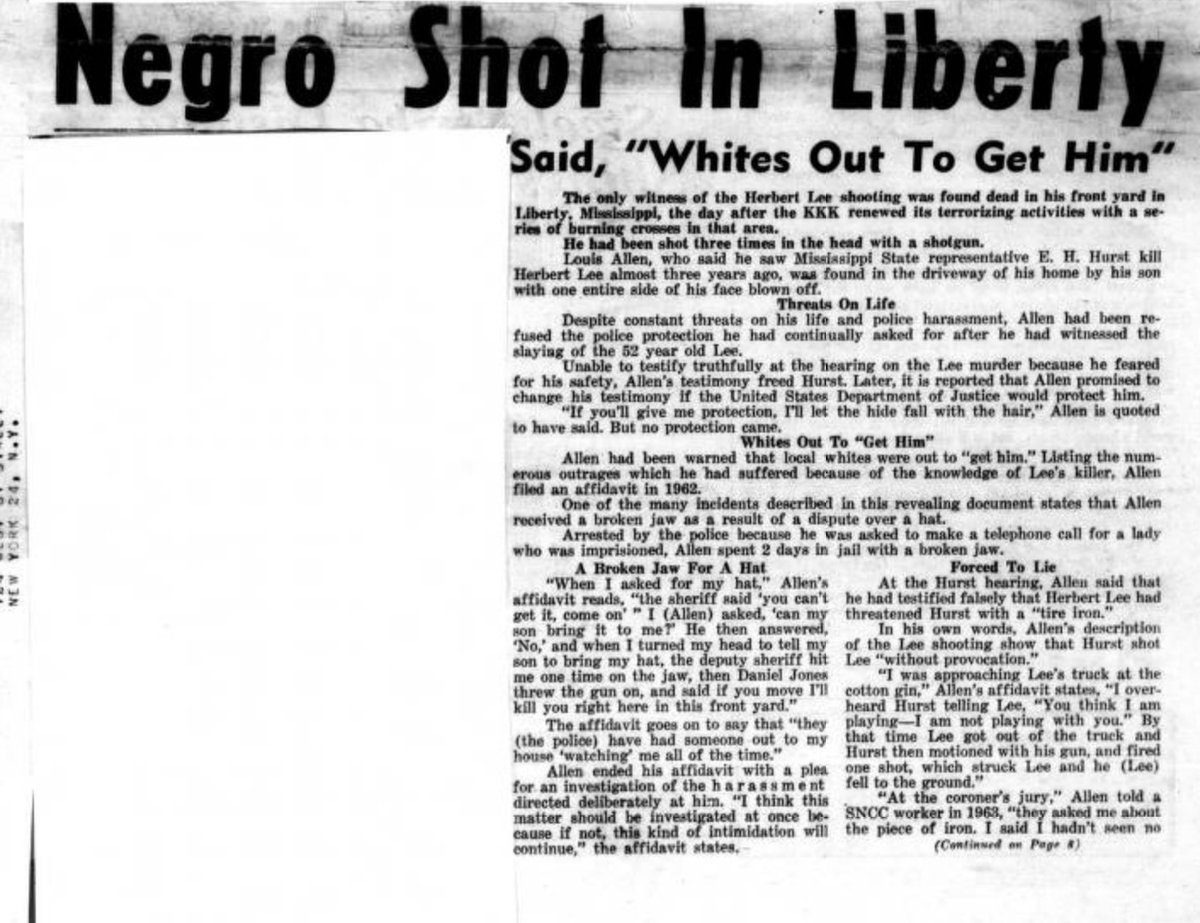
Medgar Evers, the head of the Mississippi NAACP, had been actively involved in a lot of this work. In June 1963, he was gunned down by an assassin in his driveway. The full story here.
Most famously, in the summer of 1964, three voting rights activists -- James Chaney, Andrew Goodman, and Mickey Schwerner -- were detained by cops and then murdered by Klansmen in Philadelphia, Mississippi.
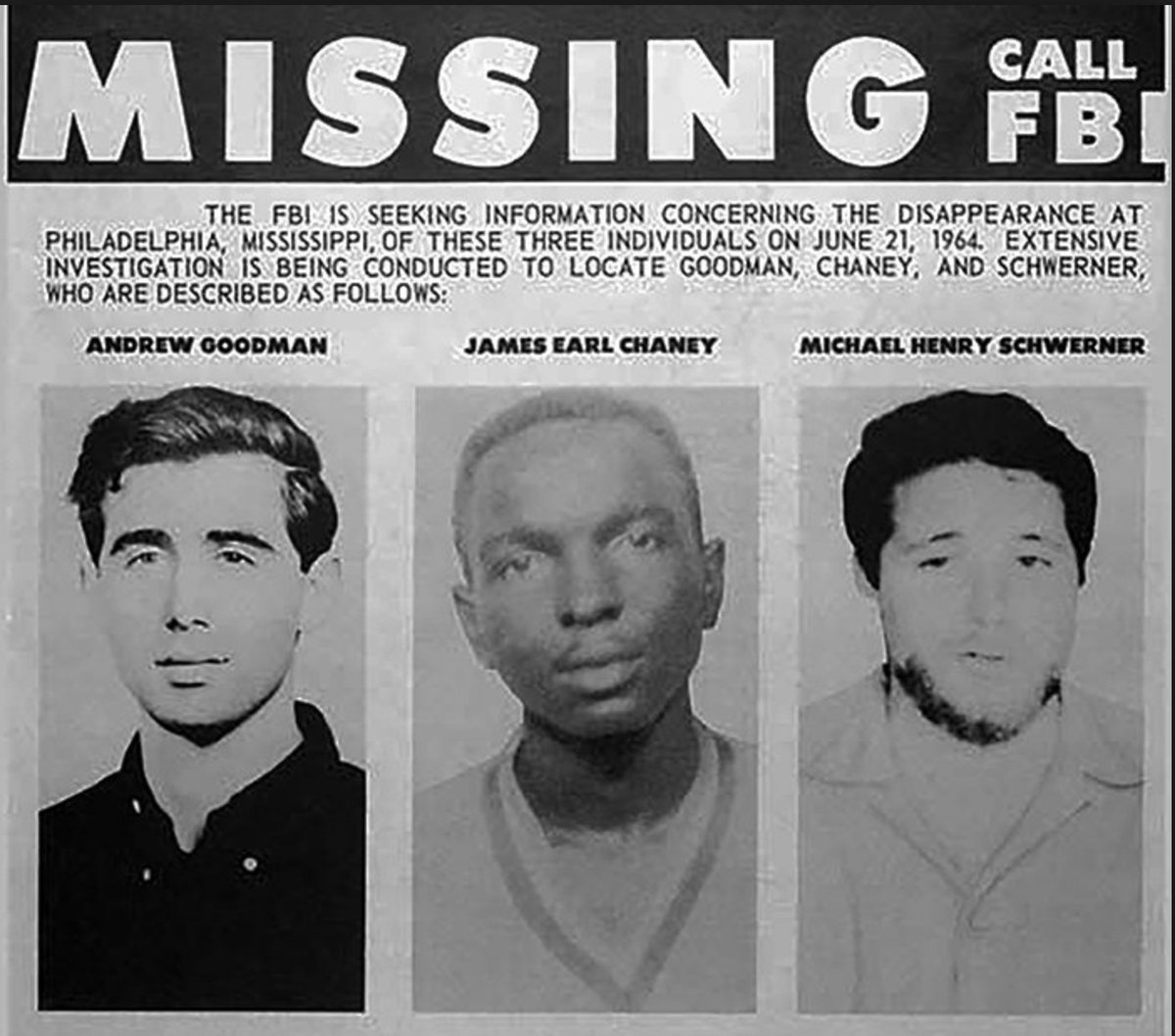
The next year, during the climactic voting rights protests in Selma, 26-year-old Jimmie Lee Jackson was beaten and shot by Alabama state troopers in February 1965. He died soon after.
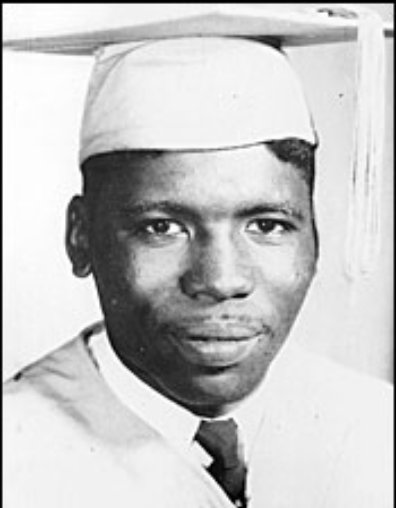
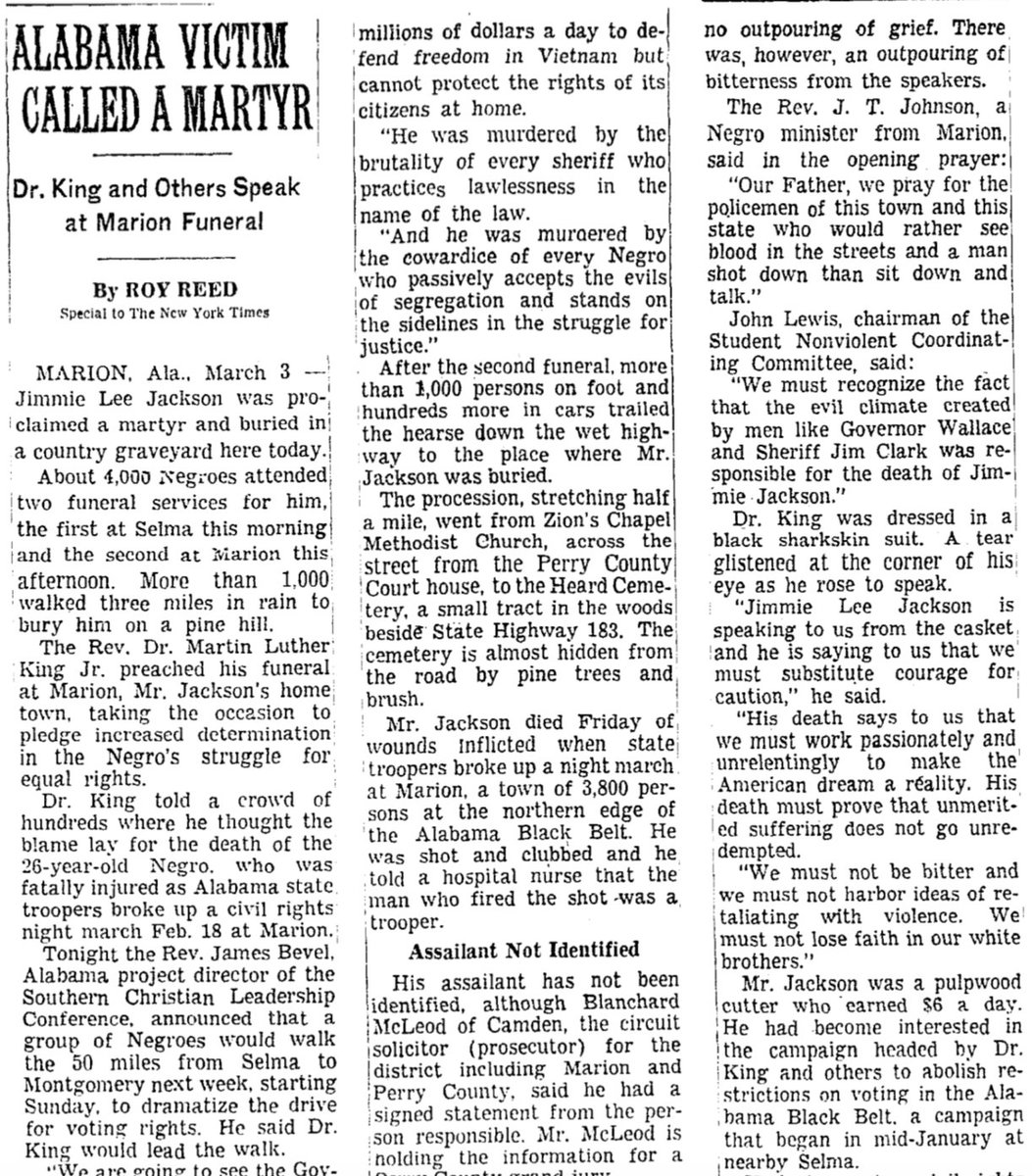
A few weeks later, Rev. James Reeb, a Unitarian minister from Boston, was beaten by white supremacists who attacked him and two other clergymen who had come to Selma to support voting rights. Reeb died two days later.

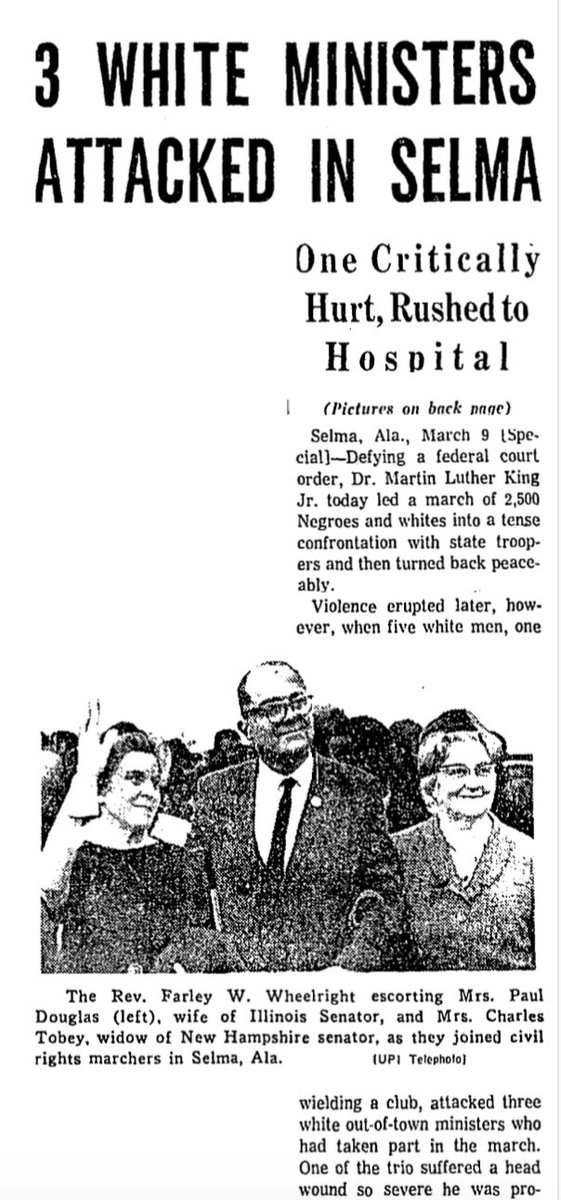
Two weeks after that, four Klansmen murdered Viola Liuzzo, a mother of five from Detroit who had been giving rides to voting rights marchers after the Selma-to-Montgomery march. They chased her in their own car and shot her twice in the head.
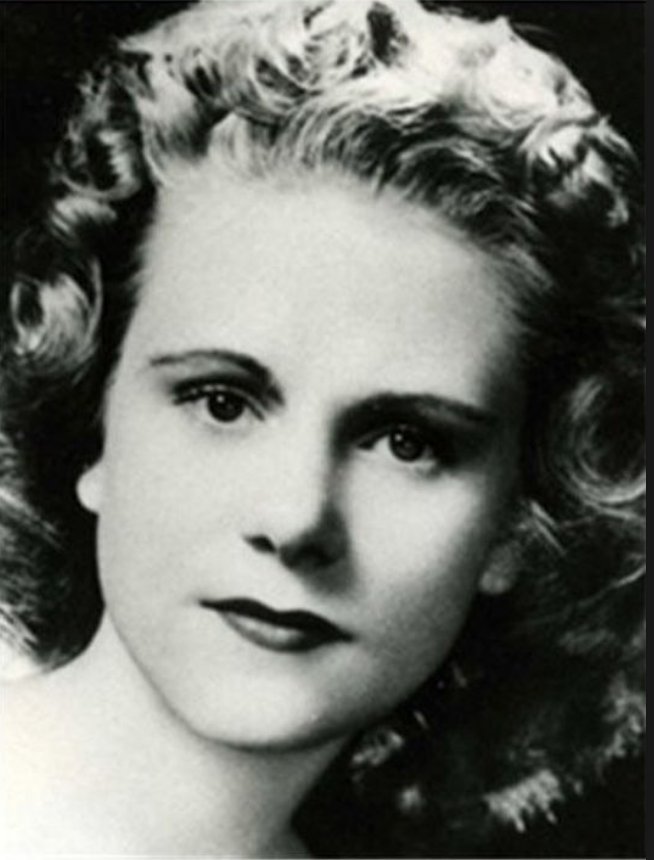
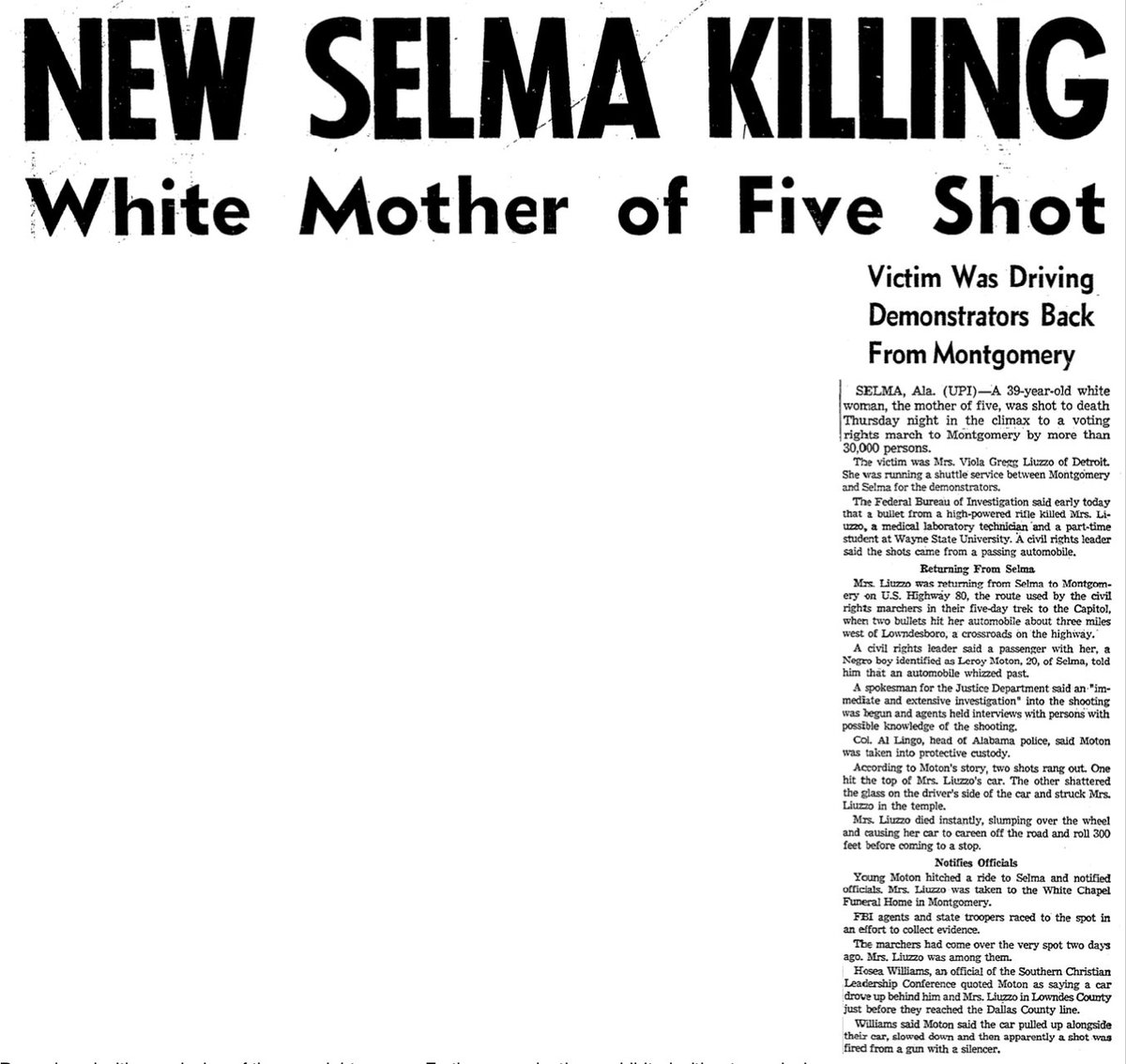
In August 1965, Jonathan Daniels, an Episcopalian seminary student from Boston, was arrested along with a Catholic priest for supporting a voting rights campaign in Lowndes County, Alabama. Almost immediately after their release, Daniels was shot to death by a deputy.
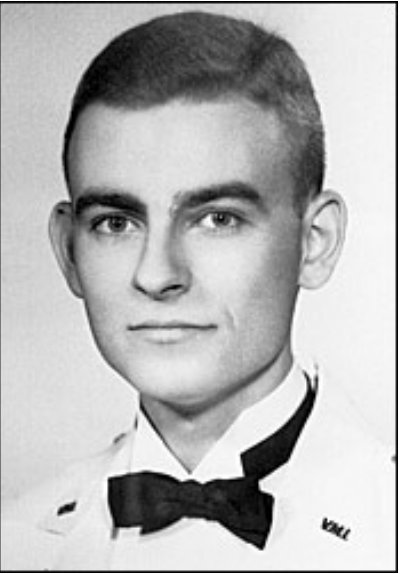
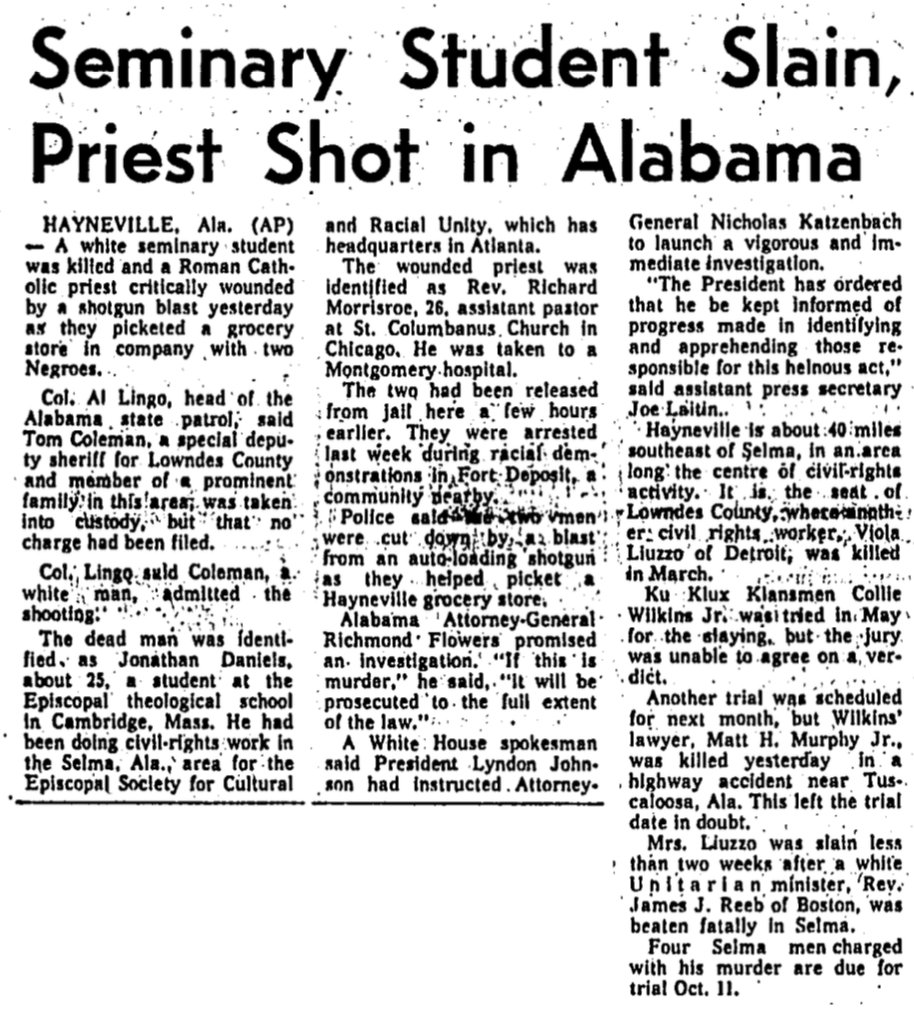
In January 1966, Vernon Dahmer, a well-off grocery store owner, announced on the radio in Hattiesburg that he would pay poll taxes for anyone who wanted to vote but couldn't afford it. The Klan attacked his home that night. The Klansmen threw jugs of gasoline into his home and set it on fire. As the fire spread, Dahmer fired his gun to scare the Klansmen off and got his wife and kids out of the house. He finally made it out, but soon died from the severe burns and smoke inhalation.

"I've been active in trying to get people to register to vote," Dahmer told a reporter. "People who don't vote are deadbeats on the state. I figure a man needs to do his own thinking. What happened to us last night can happen to anyone, white or black."
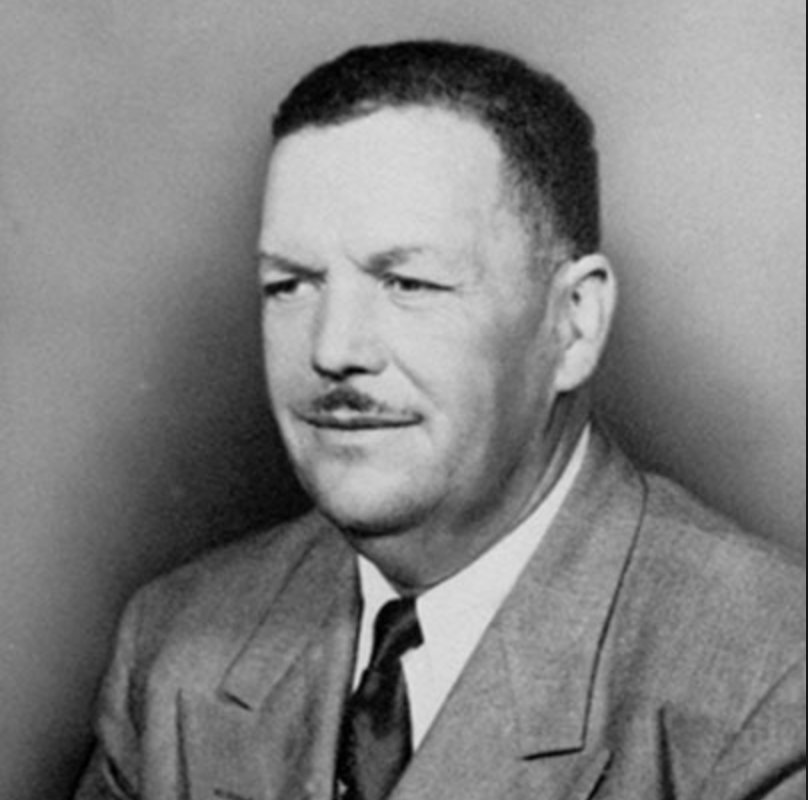
And don't forget those who fought for the right to vote for women, from the Washington Post.
Here is Alice Paul, sociology scholar and activist:

The women were clubbed, beaten and tortured by the guards at the Occoquan Workhouse. The 33 suffragists from the National Woman’s Party had been arrested Nov. 10, 1917, while picketing outside the White House for the right to vote.
The male guards at the Northern Virginia prison manacled the party’s co-founder Lucy Burns by her hands to the bars above her cell and forced her to stand all night. Dorothy Day, who would later establish the Catholic Worker houses, had her arm twisted behind her back and was slammed twice over the back of an iron bench.
The guards threw suffragist Dora Lewis into a dark cell and smashed her head against an iron bed, knocking her out. Lewis’s cellmate, Alice Cosu, believing Lewis dead, suffered a heart attack and was denied medical care until the next morning.
The suffragists dubbed their treatment Nov. 14, 1917, as the “Night of Terror..."

The women were clubbed, beaten and tortured by the guards at the Occoquan Workhouse. The 33 suffragists from the National Woman’s Party had been arrested Nov. 10, 1917, while picketing outside the White House for the right to vote.
The male guards at the Northern Virginia prison manacled the party’s co-founder Lucy Burns by her hands to the bars above her cell and forced her to stand all night. Dorothy Day, who would later establish the Catholic Worker houses, had her arm twisted behind her back and was slammed twice over the back of an iron bench.
The guards threw suffragist Dora Lewis into a dark cell and smashed her head against an iron bed, knocking her out. Lewis’s cellmate, Alice Cosu, believing Lewis dead, suffered a heart attack and was denied medical care until the next morning.
The suffragists dubbed their treatment Nov. 14, 1917, as the “Night of Terror..."
Vote!
The better choice matters, even if it's not the best choice.

No comments:
Post a Comment